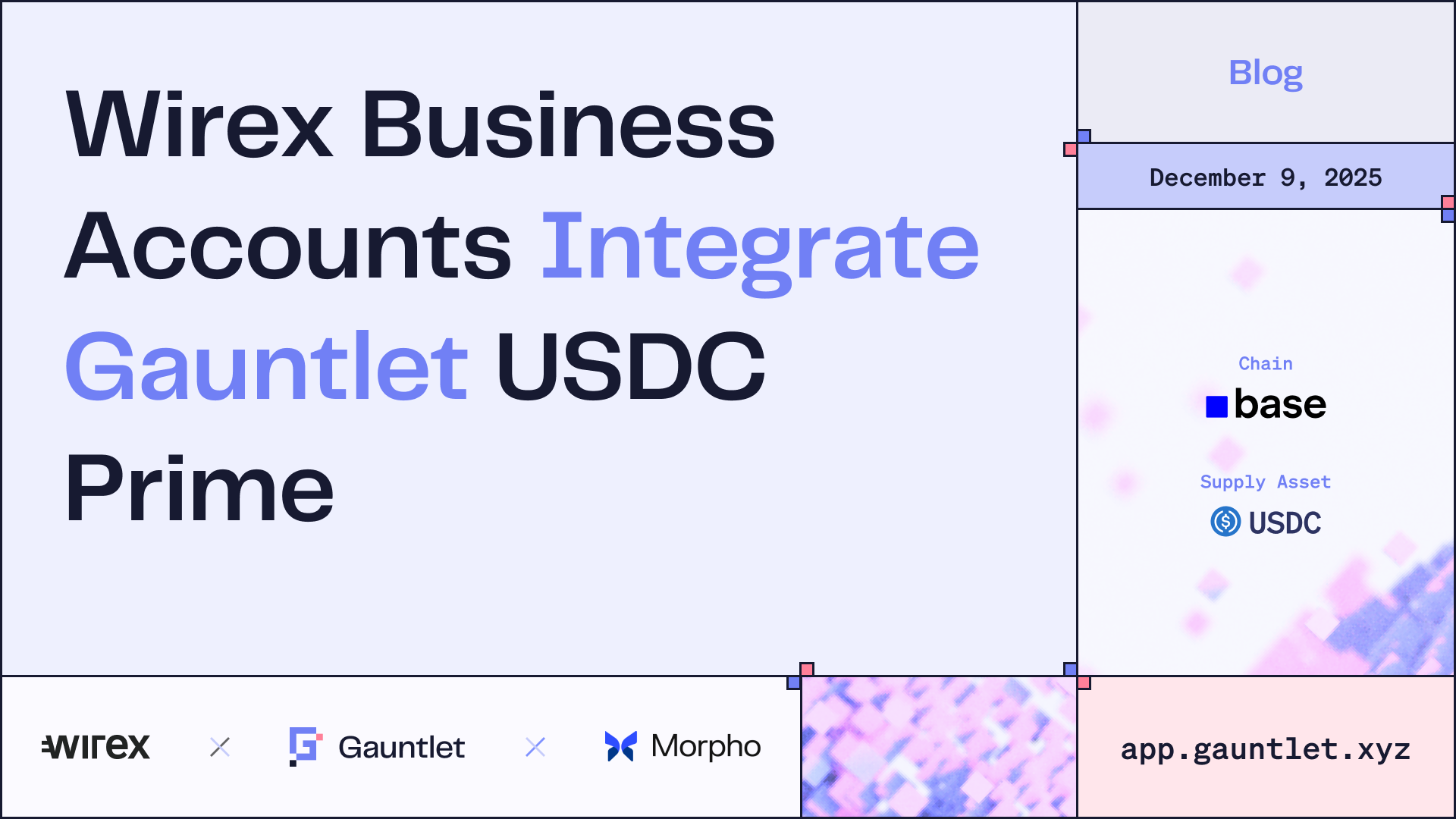
We are excited to share our new Account Explorer, which allows users to explore granular data on risks and user positioning across all our lending protocol dashboards. As we gathered feedback on past iterations of our dashboards, we heard a recurrent theme of wanting to dive deeper into data around specific users on the protocol. With the Account Explorer, anyone can now explore our data sets and filter individual accounts on key parameters like collateral and borrow assets, health factors, and account size. The Account Explorer is currently live as part of our Aave, Compound, and Moonwell dashboards.
User Guide
The following section is a quick intro on how to navigate the new feature and interpret the data it displays. The Account Explorer is presented in two ways, with different purposes in mind:
Account Explorer Tab
- This version resides on a separate tab and aggregates data at the market level. It surfaces all accounts within a given deployment of the protocol, sorted by total collateral.
- Users can interact with the full dataset and observe patterns across all assets available in the market.
- To access this version, navigate to the Account Explorer tab as shown in the picture below.

Asset Detail Pages
- Within the existing Asset Detail pages, there is a version of the Account Explorer that only displays accounts using the given collateral asset. This view appears in the context of various metrics such as the liquidation curves, value-at-risk (VaR), liquidations-at-risk (LaR), asset price volatility, and others. It is intended to supplement the asset-specific data provided by the existing page.
- Having an asset-specific view allows us to include columns like “USDC Supplied” which would be less useful in the market-level view.
- Users can look into the riskiest borrowers against a given collateral asset to gain a better understanding of highly specific risk scenarios.
- To access this version, navigate to the Asset Detail page for the asset you would like to view, as shown in the picture below.

Viewing Account Data
The Account Explorer displays account-level data in both chart and table form. The chart visualizes accounts based on the amount borrowed (circle size), the health factor (x-axis), and the last time the account was active (y-axis).

A red dotted line indicates when the health factor drops below 1. The center of a circle crossing this line means the account is eligible for liquidation. Accounts that are active infrequently are considered riskier, as the user may not be paying attention to the position or may not have the funds to add more collateral. The chart will always display the same accounts as the table below it (up to a maximum of 10 accounts at a time). The table shows more detailed info about the individual accounts, as described below.

- Account Number - Linked to the DeBank page for the account, allowing users to see the full position as well as other positions held by the account across DeFi markets.
- [Asset] Supplied - Total value of the specific collateral asset supplied (shown in USD terms). This column is only displayed on the Asset Detail pages.
- Total Collateral - Total collateral value deposited by this account (shown in USD terms).
- Total Borrowed - Total value borrowed against the collateral (shown in USD terms).
- E-Mode - For Aave V3 accounts that can use E-Mode, this column indicates whether the account is currently in E-Mode (affecting the health factor and the collateral that can be deposited). For markets that do not support E-Mode, this column displays ”Normal” for all accounts.
- Health Factor - Total collateral multiplied by each asset’s respective liquidation LTV and divided by the total borrowed. Accounts with a health factor of less than 1 are eligible for liquidation.
- Collateral Assets - Asset used as collateral by this account (shown as logos; tickers on hover).
- Borrowed Assets - Assets borrowed by this account (shown as logos; tickers on hover).
Searching & Filtering
The search bar allows users to find specific accounts to see the position details and visualize the account on the chart. We also provide a number of filters to better hone in on accounts that match specific criteria.

- Collateral assets - Select one or more tokens used as collateral. All other accounts will be removed from view. This filter will display accounts that match any (not necessarily all) of the selected assets.
- Borrowed assets - Select one or more borrowed tokens. This may include tokens not offered as collateral (borrow-only assets). This filter will display accounts that match any (not necessarily all) of the selected assets.
- Max health factor - Set an upper limit for the health factors included in the table and chart to remove accounts that are not particularly risky
- Min borrows - Define a lower bound with respect to size of the loan. This can be used to remove small accounts unlikely to have a significant market impact
- Min asset supplied - Available only on the Asset Detail pages, this filter is similar to Min Borrows but the {asset} supplied column as another way to remove dust accounts and accounts cross margined with other assets where the given collateral asset does not represent a significant portion of that collateral
- E-Mode - Focus on or remove accounts in E-Mode from the search (only applicable to Aave markets)
Tips
- Definitions are available as tooltips upon hovering over the column headers.
- Click on any column header to sort in ascending or descending order.
- Switch to an Asset Detail page to focus on accounts supplying a specific asset.
Future Upgrades
We are excited to launch the Account Explorer and look forward to seeing people leverage it! We will continue to iterate the design and have a few ideas already under development.
- Health Factor Histograms - Systemic risk arises when either a large position or a number of positions that aggregate to a large amount become eligible for liquidation. If the underlying markets do not have enough liquidity to support the total liquidation amount, the risk of insolvencies is increased. We have previously used histograms to display at-risk accounts in our research and analysis, and are working to add a similar functionality to the Account Explorer.
- Liquidation Price - The asset price at which an account would be liquidated can be calculated from the health factors, but we will display it in a future update for convenience.
- User Archetypes - Strategies affect the risk profile of a position. For example, a very active account engaging in recursive strategies across many assets would have a different risk profile from one that only borrows USDC against ETH at a moderate health factor. This feature will allow users to filter on the strategy deployed by a given account such as recursive, stable-only borrowing, etc.
We’d love feedback on the Account Explorer or any of our other dashboard features! Please send any comments or suggestions to the team via the feedback link in the top right corner of the dashboard.
Blog
View the full presentation
Read the full paper








